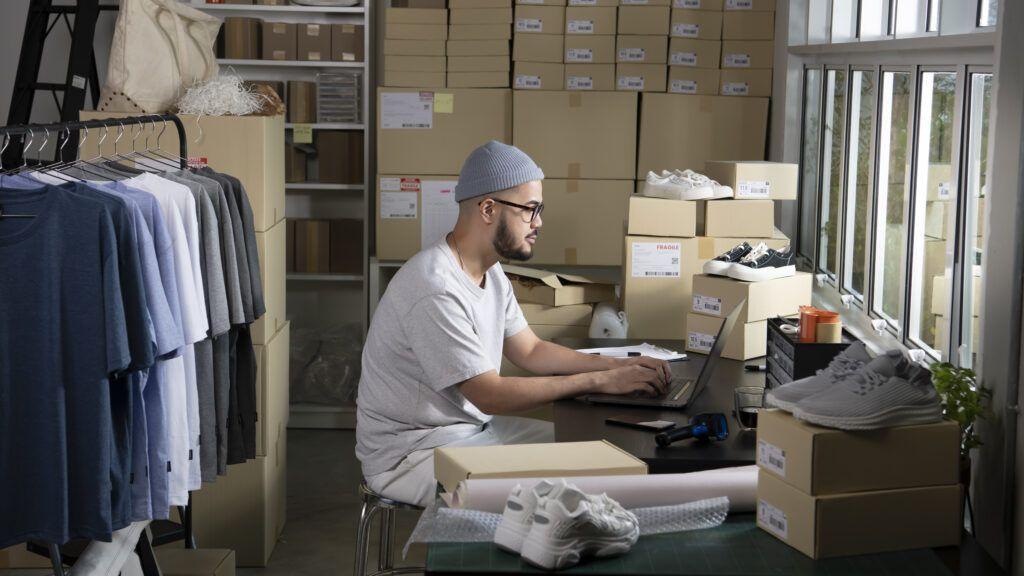The world of fashion is a constantly changing universe, with trends that come and go in the blink of an eye. Against this background, behind the catwalk and store windows, there is a key component which allows the industry to function correctly: logistics. This invisible yet essential element is the common thread which guarantees that each garment reaches its consumer in an efficient, timely manner, ensuring their quality and customer satisfaction. Keep reading to find out more about logistics in the fashion sector!
The route of each garment to the end customer
When does the life cycle of a garment start? The answer lies in the creative process of designers and fashion houses where collections are conceived. But their path, self-evidently, does not stop at the design workshop: the time comes when a decision must be made about which garments to produce. And so begins a logistical journey that will pass through all these stages. Join us on it!

- Supply of raw materials: to make clothes, you need to acquire fabrics, buttons, threads and other materials or accessories. Logistics plays a crucial role here in supplier management, contract negotiation and importing materials from different parts of the world.
- Production and manufacturing: at this stage, garment production is supervised, from the management of local or foreign factories to the monitoring of production deadlines and the quality of the products. During this process, it is often necessary to move materials at factory or warehouse facilities, even between facilities. This is why it is important to have a vehicle fleet suitable to this end.
- Distribution: once the garments are ready, they must be transported from the production facilities to distribution centres or directly to stores. This involves coordinating means of transportation and, in some cases, managing customs and import and export procedures. So, at this stage, we also need to have a fleet of vehicles suitable for the movement of finished garments. Vehicles that ensure the punctuality of deliveries and guarantee the quality of the transported products.
- Inventory management: In the fashion industry, inventory management is crucial. This process ensures that there is enough stock in the right place at the right time. This involves forecasting demand, managing returns and optimising inventory levels.
Delivery to the end customer: last mile
Delivery to the end customer is the final point of the journey. Clothing arrives at the display windows of the physical stores or is shipped directly to digital shoppers. This is where the increasingly in-demand last mile delivery comes in, ensuring that products are available to customers whenever they want them to obtain their complete satisfaction.
At this point, the alternatives in terms of vehicle fleet configuration are immense, both in terms of the methods of acquisition (renting or ownership) and the types of vehicles available (motorcycles, quadricycles, vans…) or their mode of operation (electric or combustion).

The challenges of the fashion sector
The fashion industry demands a fast answer to changing trends and fashion seasons. This means that logistics must be agile and flexible, adapting to changes in demand and production cycles. On the other hand, sustainability has become imperative in the fashion industry. Consumers are demanding greener practices, which has led to a focus on sustainable logistics, including waste reduction, responsible materials management and the optimisation of shipping routes to reduce the carbon footprint.
Ultimately, logistics is the common thread that combines the creativity of designers with people’s clothes all around the world, ensuring that fashion remains a constantly evolving, growing business.





